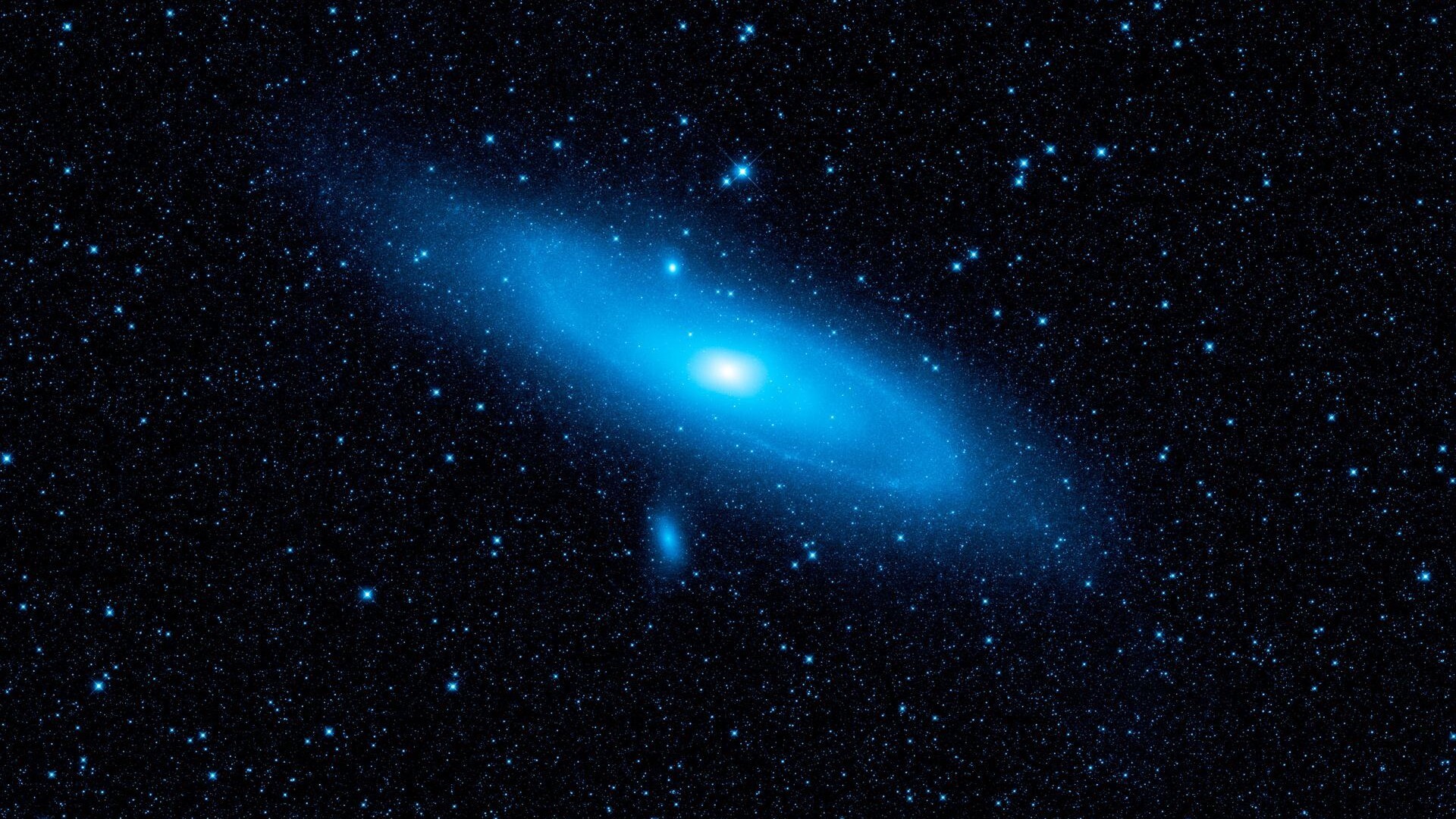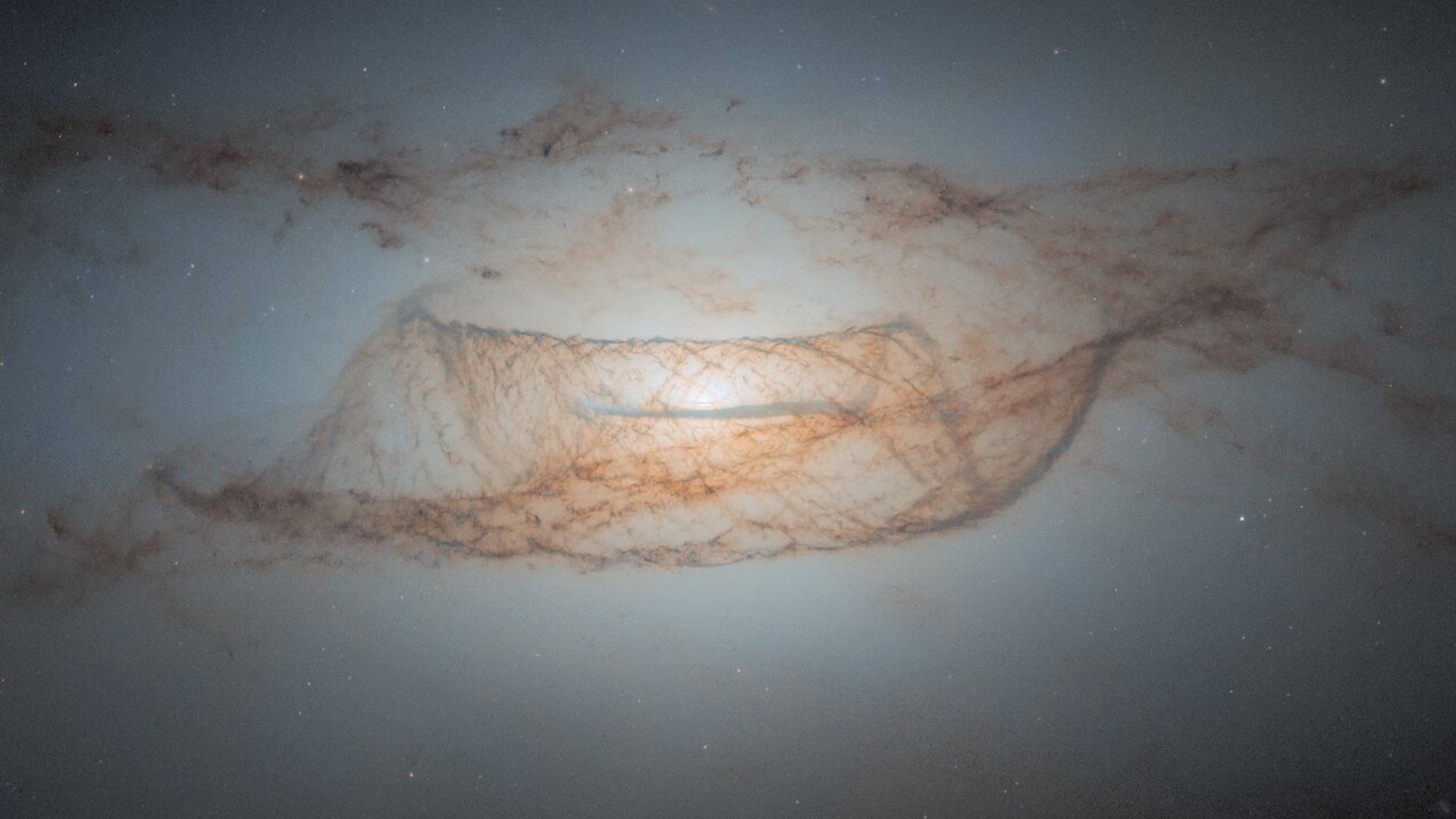JCDD, Vol. 11, Pages 49: Aortic Valve Embryology, Mechanobiology, and Second Messenger Pathways: Implications for Clinical Practice
Journal of Cardiovascular Development and Disease doi: 10.3390/jcdd11020049
Authors: Maximiliaan L. Notenboom Lucas Van Hoof Art Schuermans Johanna J. M. Takkenberg Filip R. Rega Yannick J. H. J. Taverne
During the Renaissance, Leonardo Da Vinci was the first person to successfully detail the anatomy of the aortic root and its adjacent structures. Ever since, novel insights into morphology, function, and their interplay have accumulated, resulting in advanced knowledge on the complex functional characteristics of the aortic valve (AV) and root. This has shifted our vision from the AV as being a static structure towards that of a dynamic interconnected apparatus within the aortic root as a functional unit, exhibiting a complex interplay with adjacent structures via both humoral and mechanical stimuli. This paradigm shift has stimulated surgical treatment strategies of valvular disease that seek to recapitulate healthy AV function, whereby AV disease can no longer be seen as an isolated morphological pathology which needs to be replaced. As prostheses still cannot reproduce the complexity of human nature, treatment of diseased AVs, whether stenotic or insufficient, has tremendously evolved, with a similar shift towards treatments options that are more hemodynamically centered, such as the Ross procedure and valve-conserving surgery. Native AV and root components allow for an efficient Venturi effect over the valve to allow for optimal opening during the cardiac cycle, while also alleviating the left ventricle. Next to that, several receptors are present on native AV leaflets, enabling messenger pathways based on their interaction with blood and other shear-stress-related stimuli. Many of these physiological and hemodynamical processes are under-acknowledged but may hold important clues for innovative treatment strategies, or as potential novel targets for therapeutic agents that halt or reverse the process of valve degeneration. A structured overview of these pathways and their implications for cardiothoracic surgeons and cardiologists is lacking. As such, we provide an overview on embryology, hemodynamics, and messenger pathways of the healthy and diseased AV and its implications for clinical practice, by relating this knowledge to current treatment alternatives and clinical decision making.

 3 months ago
29
3 months ago
29


